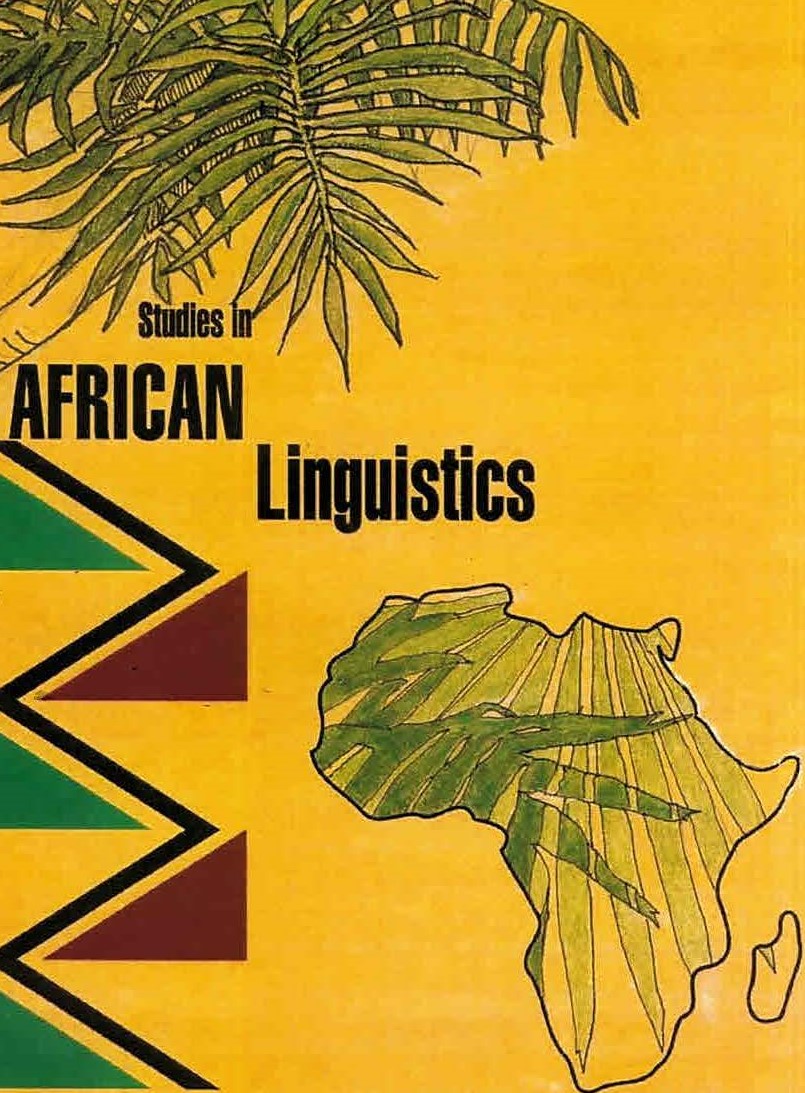A typological overview of Eegimaa (Jóola Banjal)
DOI:
https://doi.org/10.32473/sal.v48i1.114928Schlagworte:
Atlantic, Jóola, noun class semantics, non-finite verb classification, alienability, Nominal TAM, geminates, vowel harmonyAbstract
This paper presents some of the most prominent properties of Eegimaa, a Jóola/Diola2 language spoken in the Basse-Casamance (Southern Senegal). The phonological features examined include [ATR] vowel harmony, backness harmony, lenition, and Eegimaa’s typologically unusual geminate consonants. Most of the paper, however, focuses on Eegimaa morphology. My analysis of the noun class system separates morphological classes from agreement classes (genders), and presents the most important principles of semantic categorization, including shape encoding. I also show that Eegimaa classifies nouns and verbs by the same overt linguistic means, namely, noun class prefixes. I argue that this overt classification of nouns and verbs reflects parallel semantic categorization of entities and events. Other prominent typological features include associative plural marking and nominal TAM marking with the inactualis suffix, which also expresses alienability contrasts.


